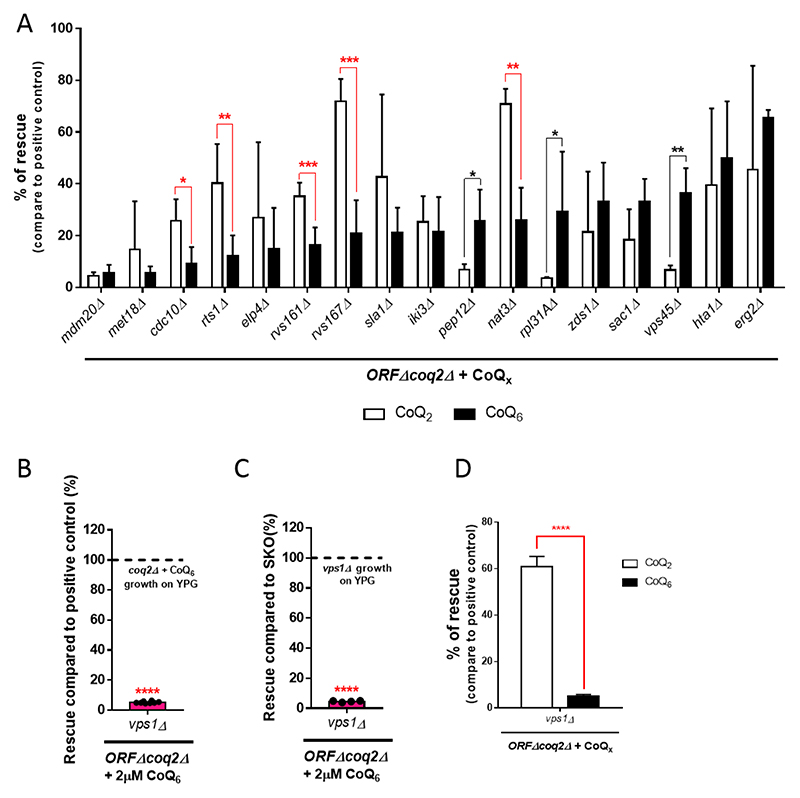Figure 6. Comparison of the CoQ2 and CoQ6 rescue phenotypes identifies six genes necessary for CoQ6 transport.
(A) The degree of CoQ2 and CoQ6 rescue, compared to the corresponding positive control (coq2Δ + CoQ2 or coq2Δ + CoQ6), are represented side by side (from low to high degree of CoQ6 rescue). Five candidates (denoted with red lines) fulfilled the “CoQ6 rescue < CoQ2 rescue” criteria and have been identified as involved in CoQ6 transport. This panel merges data from Figure 5A and Figure S5B to allow for a straightforward comparison. (B) The degree of rescue of vps1Δcoq2Δ was observed to be dramatically low when compared to the positive control. (C) Similar results were observed when the rescue of the vps1Δcoq2Δ mutant was compared to vps1Δ. (D) The degree of rescue with the addition of exogenous CoQ2 was superior to the one observed with the addition of CoQ6. Degree of rescue is referred to the corresponding positive control (coq2Δ + CoQ2 or coq2Δ + CoQ6). In all cases, columns represent the average degree of rescue (in %) ± SD of mutants growing on YPG in presence of CoQ for 7 days. At least three replicas were included in all determinations. The normalization variable is considered 100% and represented as a dashed line. Asterisks denote: *p<0.05, **p<0.01, ***p<0.001, and ****p<0.0001.

